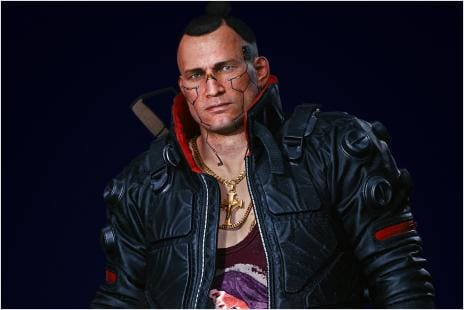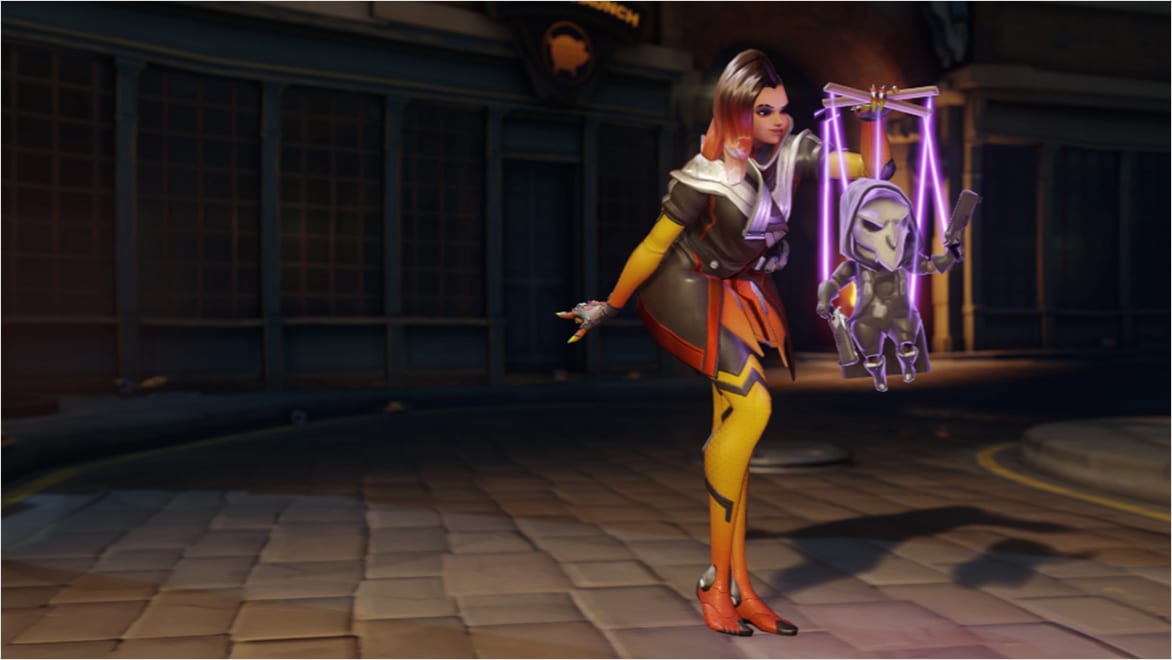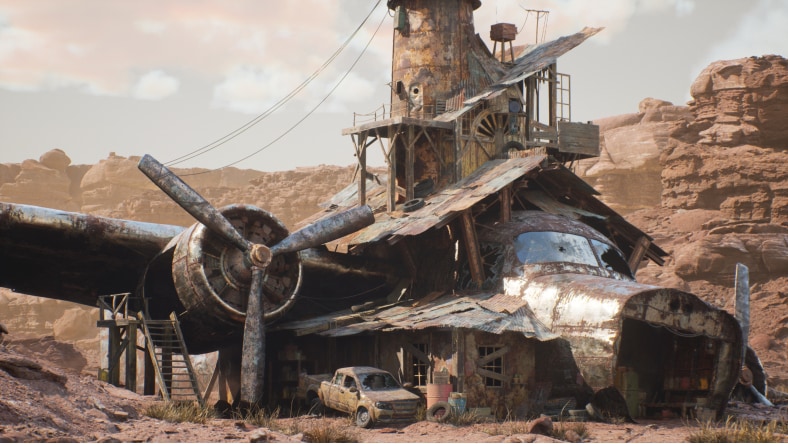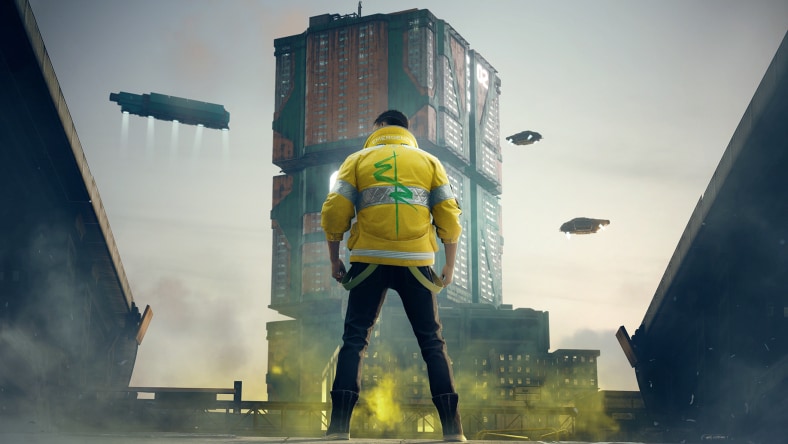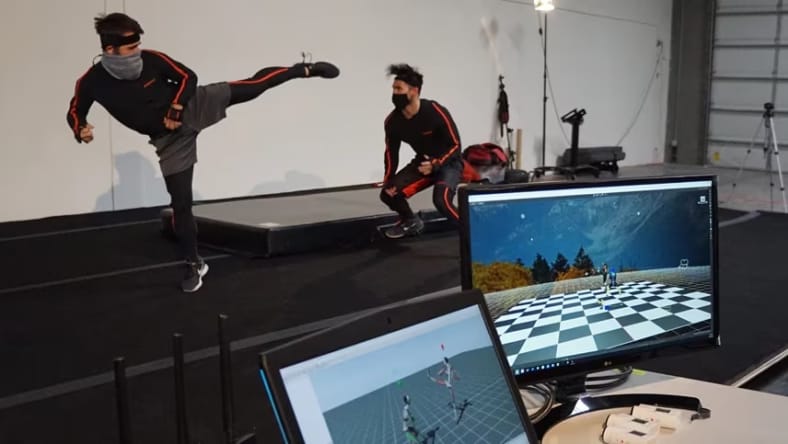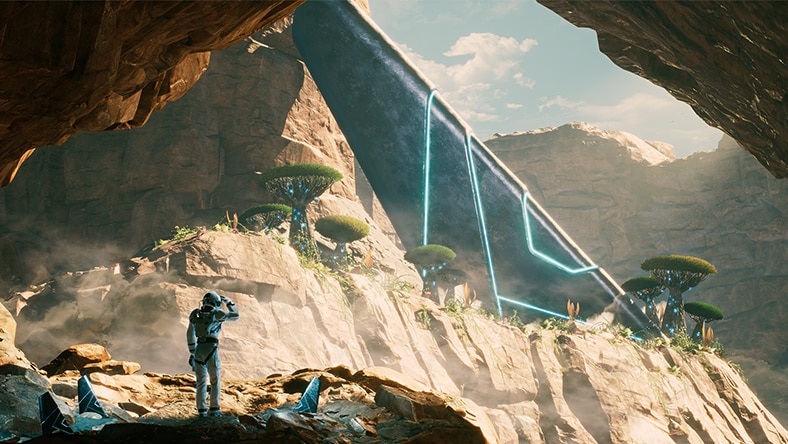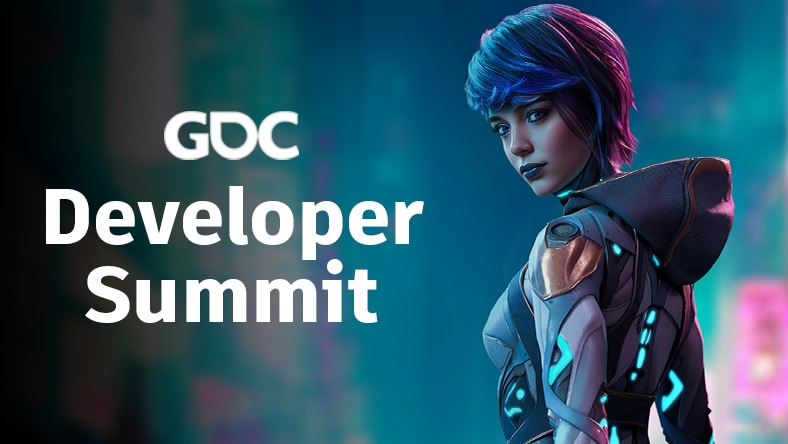& Construction

Integrated BIM tools, including Revit, AutoCAD, and Civil 3D
& Manufacturing

Professional CAD/CAM tools built on Inventor and AutoCAD
Autodesk Games Showreel 2024
Our game design & development software has empowered game makers for decades, enabling the creation of immersive, high-quality worlds and characters. Now it’s your turn.
Whether you’re building the streets of Manhattan for console or an endless multiverse for mobile, Autodesk’s Design and Make platform will help you transport players to extraordinary realms.
—Maciej Pietras, Lead Cinematic Animator at CD PROJEKT RED
Equip your team with powerful and multifaceted tools for worldbuilding, asset creation, and animation, so you'll no longer have to compromise on "good enough." Our robust resource planning tools will also keep scope creep in check and help you maximize your team's productivity.
Discover how SQUARE ENIX delivered standout visuals for FINAL FANTASY XVI with the help of Autodesk solutions.
Build your game with reliability, confidence, and predictability in the production process, allowing your team to focus on delivering top-tier work that surpasses creative expectations while meeting timelines and budget constraints.
Find out how SuperGenius became a leading third-party studio, working with industry giants like Blizzard and Disney Interactive with the help of Autodesk solutions like Flow Production Tracking.
Autodesk solutions provide a high level of interoperability with different game development software, facilitating efficient collaboration between tools. They integrate seamlessly with game engines such as Unreal and Unity, making it easy to import assets and animations for game assembly.
Autodesk and Epic Games have joined forces to speed up creative iterations. Unreal Live Link for Maya allows artists to stream animation data in real-time from Maya to the Unreal Engine, enabling instant in-engine previews of character assets.
Create elaborate environments and worlds to fully immerse your players.
Image courtesy of Daniel Cormino
Get game assets dancing, crouching, or any moves you can dream up.
Image courtesy of Axis Studios
Create sophisticated rigs and dynamic performances for your game assets.
Image courtesy of Spiders
Create memorable game assets, from barrels to gorillas.
Image courtesy of CD PROJEKT RED
Capture motions of actors or objects and translate it into digital data.
Build massive worlds with best-in-class 3D environment modeling software.
Image courtesy of Rashed Abdullah
Unlock exclusive industry insights, case studies, and get a backstage look into the world of game development.
Image courtesy of Alsu Rakhimova
Gain insight into the challenges USD can solve for game studios, how studios like Eidos and NetEase Games are experimenting with USD, and how they see it evolving.
Image courtesy of Tim Burroughs
Watch presentations from top game studios on next-gen tools that accelerate your creative workflow from the Game Developers Conference sessions playlist.
Image courtesy of Random Games and Swame Studio
Meet with an Autodesk expert today to start making your next best-selling game.
Image courtesy of David Geraud
Game developers use a variety of software depending on their needs. Commonly used software includes modeling and animation software like Autodesk 3ds Max and Maya, game engines like Unity and Unreal Engine, design tools like Photoshop and Illustrator, programming languages like C++ and JavaScript, and audio editing software like Pro Tools and Audacity.
The time it takes to develop a video game can vary depending on the scope and complexity of the project. Small indie games can be developed in a matter of months, while large AAA titles can take several years to complete.
The tools needed to create a video game can vary depending on the platform and the specific requirements of the game. Some common tools include game engines, programming languages, graphic design software, audio editing software, and 3D modeling and animation software.
The key stages of video game development typically include concept development, pre-production, production, testing, and release. During concept development, the game idea is brainstormed and refined. In pre-production, the game design is planned, and assets are created. Production involves programming, art creation, and sound design. Testing is done to find and fix bugs, and finally, the game is released to the public.
3D modeling and animation are crucial in game design software as they bring the game world and characters to life. They enhance the visual appeal and immersion of the game, allowing players to interact with realistic and engaging environments. 3D modeling and animation are used to create characters, objects, and environments, and to add movement and visual effects to the game. They play a vital role in creating a captivating and immersive gameplay experience.
C++ is a powerful and efficient language for game development. It is commonly used in game engines like Unreal Engine and is preferred for performance-critical game systems. C# is also widely used, especially with the Unity engine. It’s versatile and beginner-friendly, making it an excellent choice for game development.
Game design involves conceptualizing and planning the game, which includes crafting its story, level design, rules, and mechanics. Game development is the process of transforming the game design into a tangible experience by creating game assets, programming, testing, and implementing game systems.
